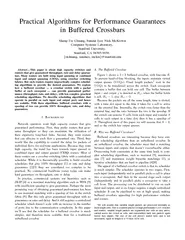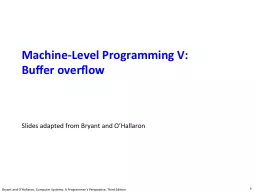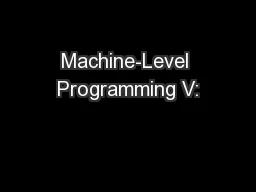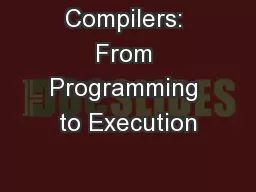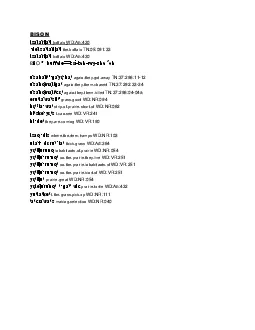PDF-Practical Algorithms for Performance Guarantees in Buf
Author : pamella-moone | Published Date : 2015-05-23
stchuang sundaes nickm stanfordedu Abstract This paper is about high capacity switches and routers that give guaranteed throughput rate and delay guaran tees Many
Presentation Embed Code
Download Presentation
Download Presentation The PPT/PDF document "Practical Algorithms for Performance Gua..." is the property of its rightful owner. Permission is granted to download and print the materials on this website for personal, non-commercial use only, and to display it on your personal computer provided you do not modify the materials and that you retain all copyright notices contained in the materials. By downloading content from our website, you accept the terms of this agreement.
Practical Algorithms for Performance Guarantees in Buf: Transcript
Download Rules Of Document
"Practical Algorithms for Performance Guarantees in Buf"The content belongs to its owner. You may download and print it for personal use, without modification, and keep all copyright notices. By downloading, you agree to these terms.
Related Documents

